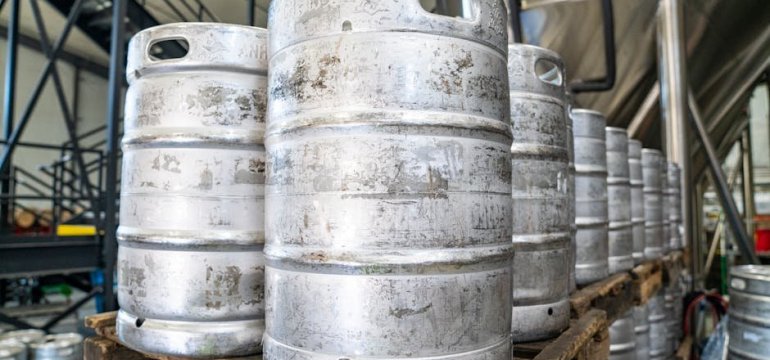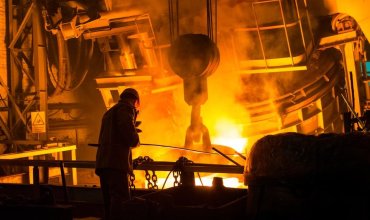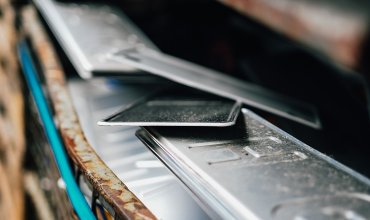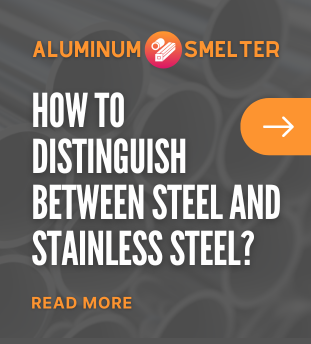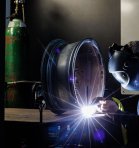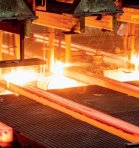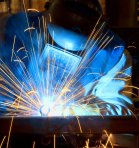Aluminum is one of the most versatile and popular metals in the world. Thanks to its unique properties, such as lightness, durability and corrosion resistance, it is widely used in a variety of industries, from automotive to construction. Although aluminum naturally forms a protective oxide layer on its surface to protect it from further damage, there are situations where additional protection is necessary. So how do you effectively protect this metal from damaging external factors? In this article, we will take a look at the best practices and methods for protecting aluminum from corrosion in Poland.
Natural protective properties of aluminum
Aluminum is unique in many ways, but one of its greatest advantages is its natural resistance to corrosion. The metal has the ability to form a small oxide layer in contact with air, which acts as a protective barrier. This layer is extremely thin, but very effective. It helps protect the aluminum from atmospheric agents, such as moisture and air, which could lead to corrosion. Interestingly, if this layer is damaged, aluminum can rebuild it on its own, which significantly increases its durability. This fact makes aluminum an excellent material for many exterior and structural applications.
Factors affecting the corrosion of aluminum
While aluminum has a natural ability to protect itself from corrosion, there are certain factors that can weaken this protection. Atmospheric conditions such as air pollution, high humidity, salinity and even contact with certain metals can accelerate the corrosion process. In Poland, especially in coastal regions where there are high levels of salt in the air, aluminum is more vulnerable to corrosion. It is important to understand these factors and be prepared to counteract them with appropriate protective methods. Even the presence of acid rain can adversely affect the durability of aluminum.
Aluminum protection methods in Poland
In Poland, a variety of methods are used to protect aluminum from corrosion, which help prolong its life and aesthetics. One of the most popular techniques is anodizing, which involves the electrolytic hardening of an oxide layer on the aluminum surface. This process not only increases corrosion resistance, but also improves aesthetic qualities by allowing the metal to be dyed in a variety of colors. Another method is powder coating, which creates an extremely durable protective layer on the aluminum surface. Each of these techniques has its own advantages and disadvantages, and choosing the right method depends on individual needs and operating conditions.
Advantages and disadvantages of anodizing
Anodizing is one of the most effective methods of protecting aluminum, which involves the controlled hardening of the metal's natural oxide layer. This process not only increases resistance to mechanical and chemical damage, but also enhances the aesthetics of aluminum by allowing it to be given different colors. Anodizing is particularly popular in the construction and automotive industries, where aesthetics and durability are key. The process also has the advantage of being eco-friendly and environmentally friendly. However, anodizing also has its drawbacks, including high initial costs and limitations on the ability to repair a damaged surface.
The popularity of powder coating
Powder coating is becoming increasingly popular as a method of protecting aluminum from corrosion in Poland. The technique involves applying a dry powder to the surface of the metal, which is then cured at high temperatures to form a durable coating. This coating is extremely resistant to scratches, chemicals and UV radiation, making it ideal for outdoor components. Additionally, powder coating offers a wide range of colors and styles, allowing for great design flexibility. The downside may be that the process requires specialized equipment and precise conditions, which can affect final costs.
Alternative protection methods
In addition to anodizing and powder coating, there are other methods of protecting aluminum from corrosion. One of these is the use of nanotechnology coatings, which offer an extremely thin and resistant protective layer. These coatings are invisible to the naked eye, but effectively protect the metal from the elements. Other modern methods include the use of corrosion inhibitors in industrial systems that prevent the metal from reacting chemically with the environment. These modern methods provide additional protection in situations where traditional techniques may not be sufficient.
The importance of regular maintenance
Regardless of the method chosen to protect aluminum, regular maintenance is essential to maintain its protective properties. Regular cleaning of aluminum will help remove accumulated dirt and debris that can accelerate corrosion. It is also a good idea to periodically inspect the condition of protective coatings to detect any damage. If corrosion does occur, prompt corrective action, such as re-anodizing or applying a new layer of powder coating, can significantly extend the life of aluminum. Therefore, attention to regular maintenance is the key to long-term protection.
Summary
Protecting aluminum from corrosion is extremely important, especially in Poland's climatic conditions. By using modern methods such as anodizing, powder coating or nanotechnology coatings, we can significantly extend the life and aesthetics of this valuable metal. However, remember that even the best protection methods require regular maintenance and supervision to guarantee their effectiveness. Therefore, it is worth investing in proven practices and technologies that will allow you to enjoy the durability and aesthetics of aluminum for years to come!


